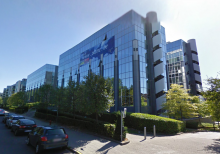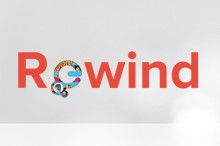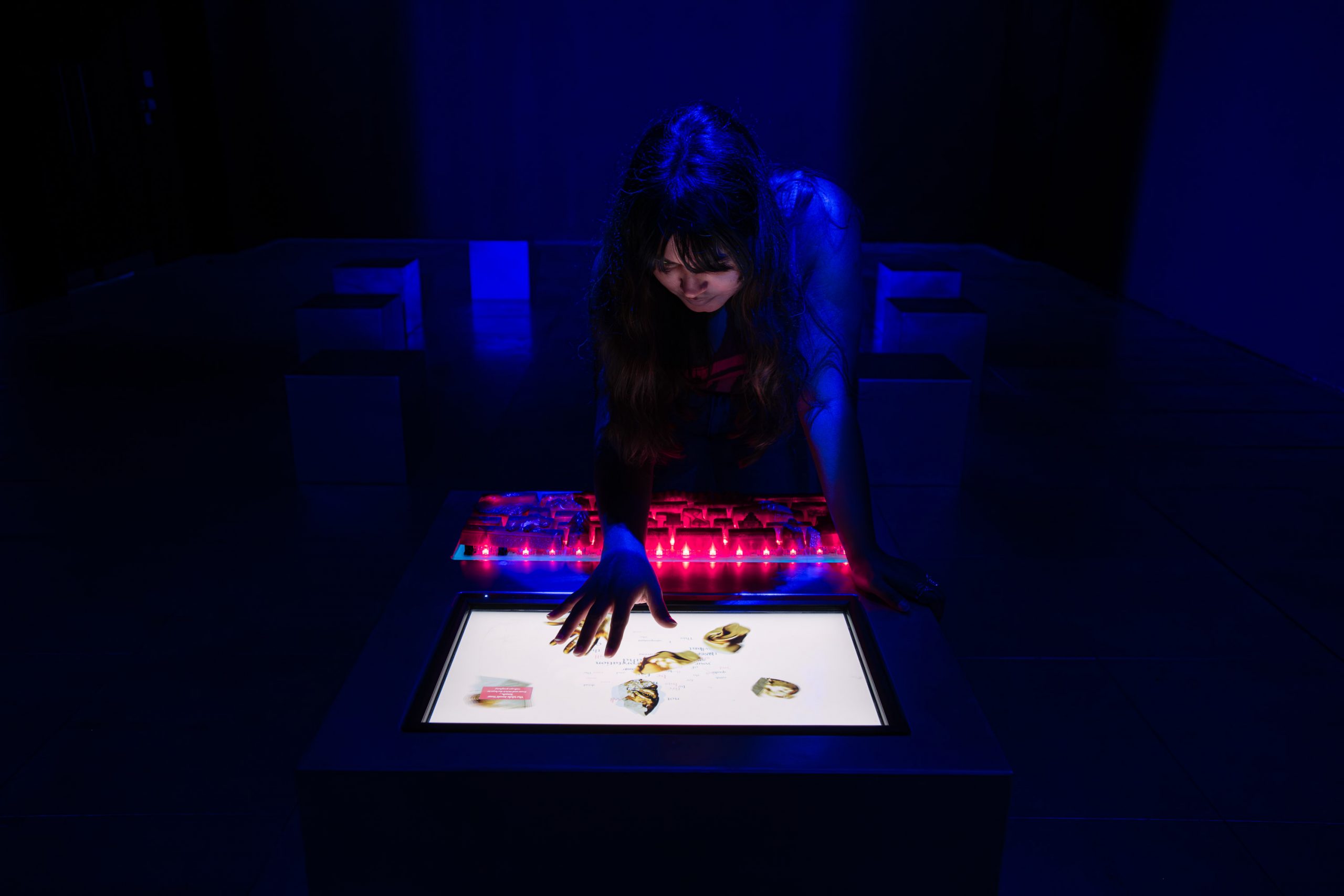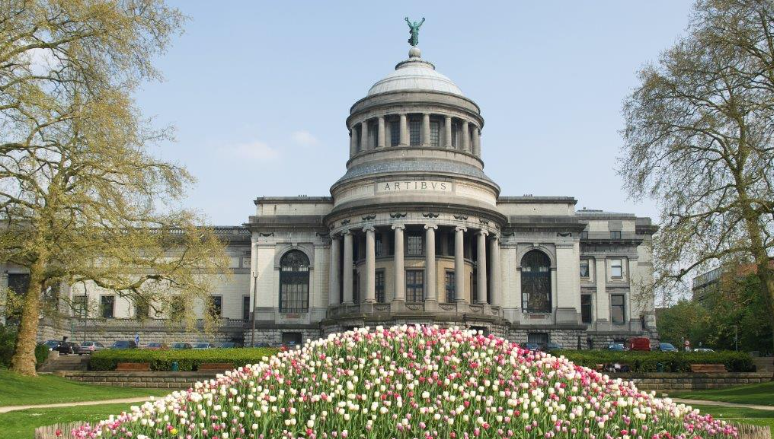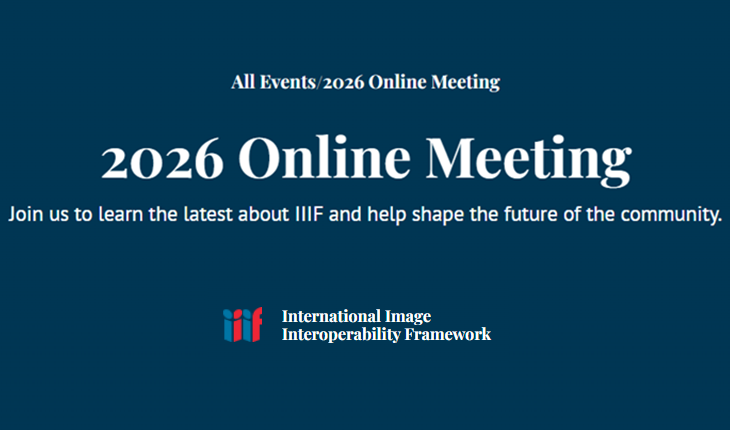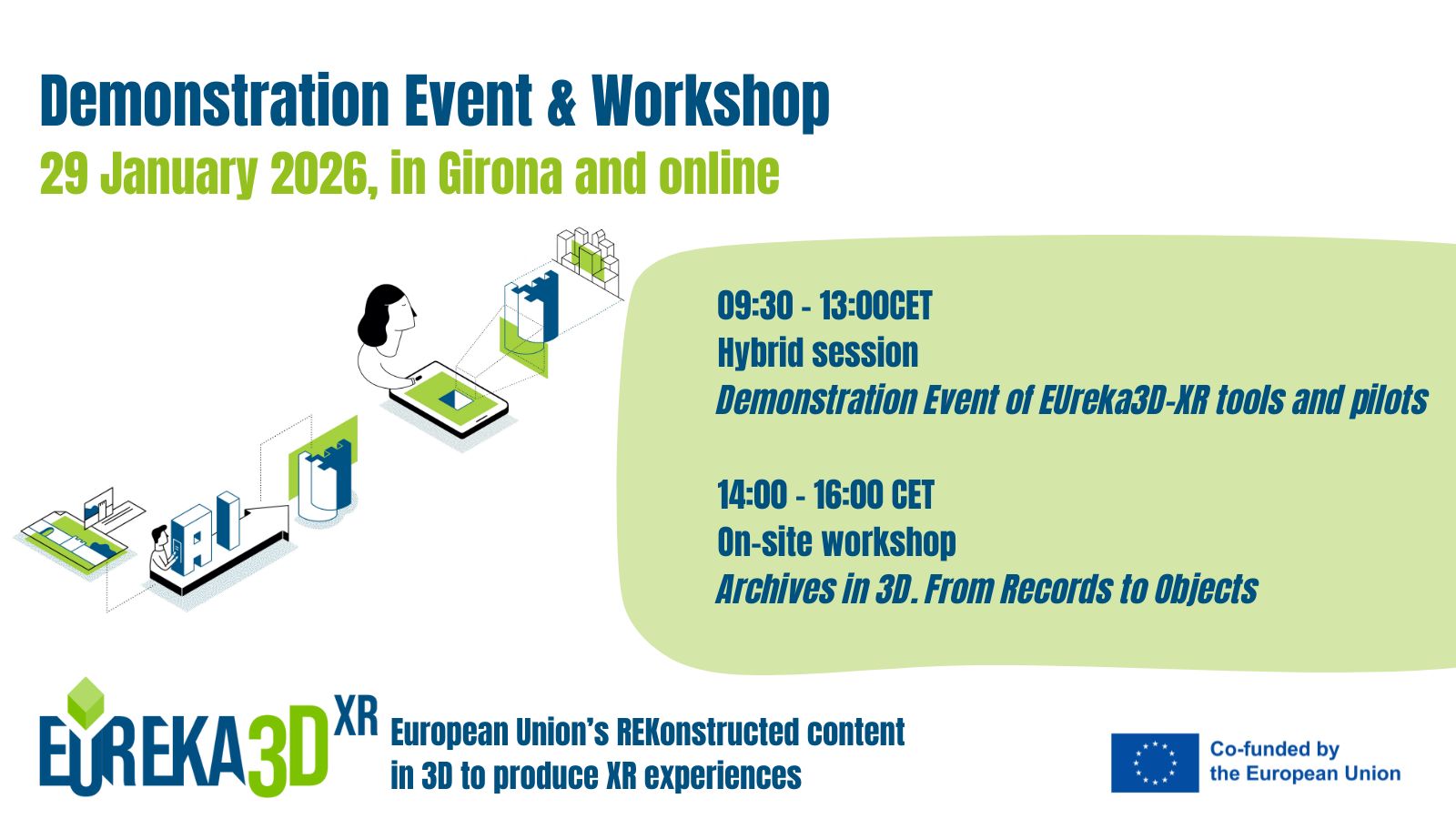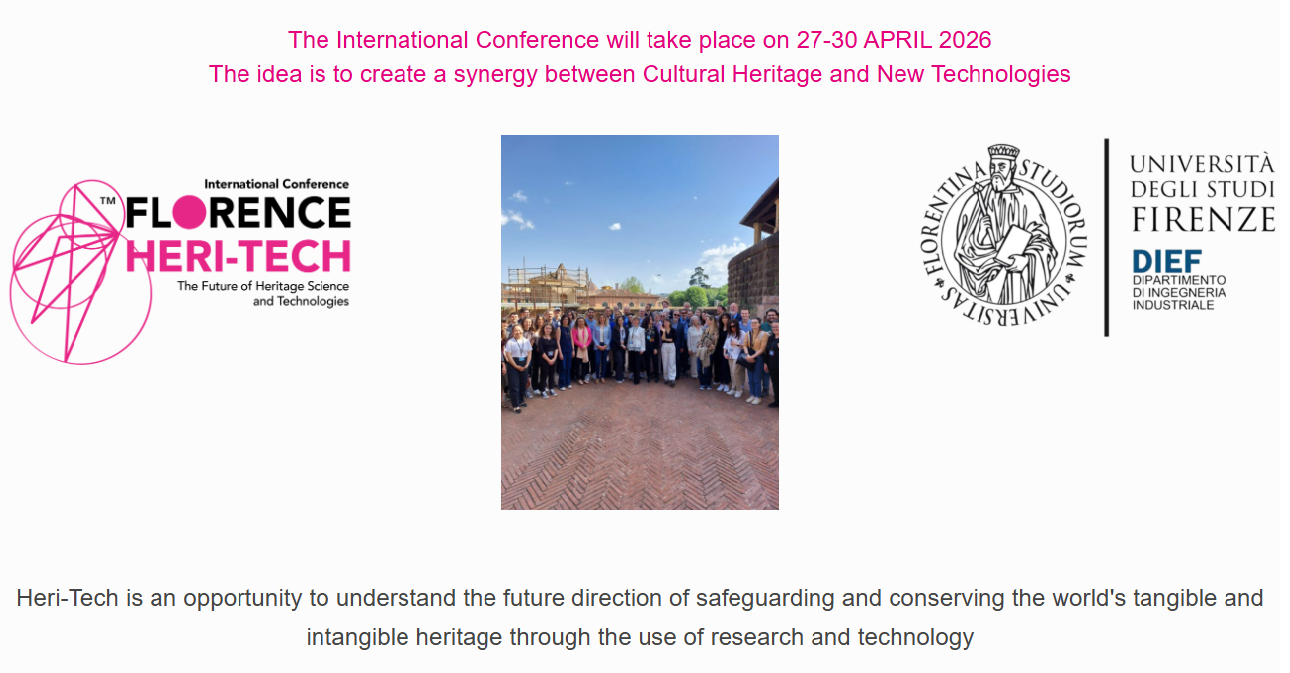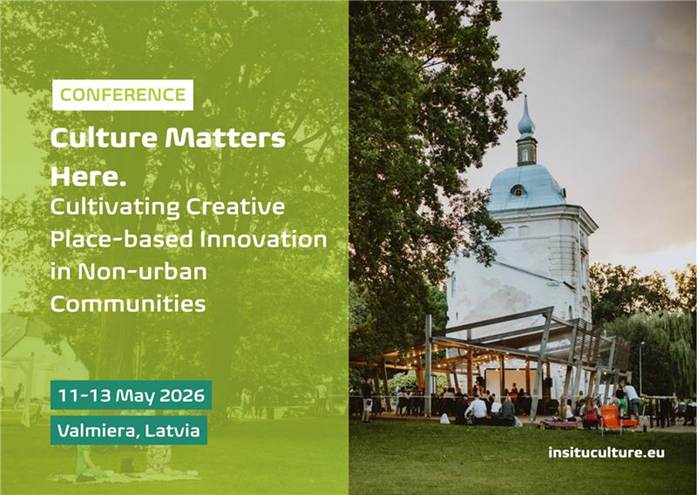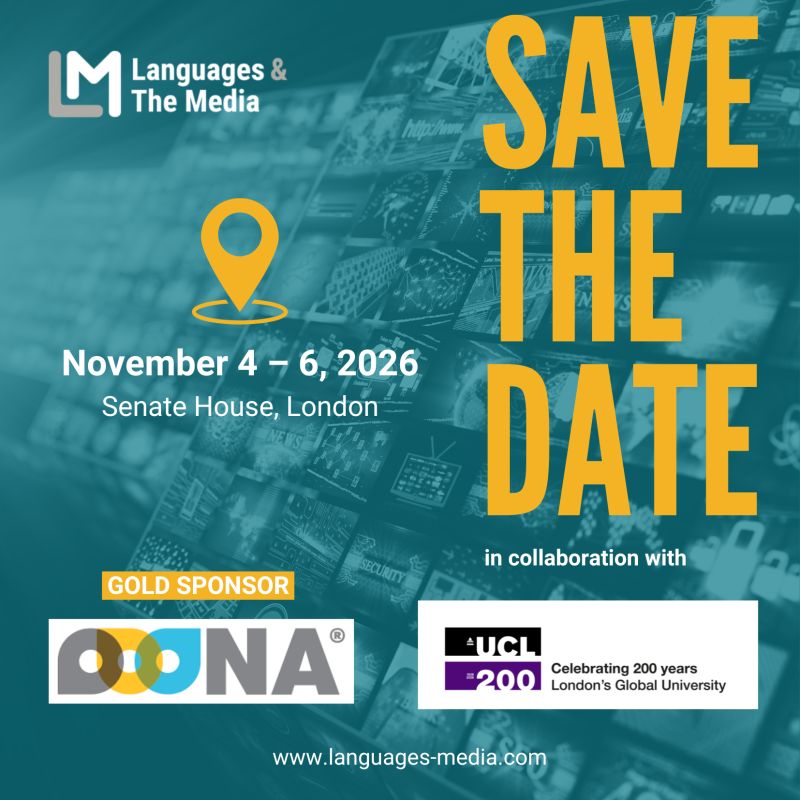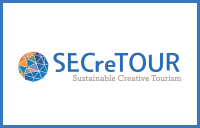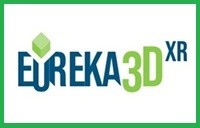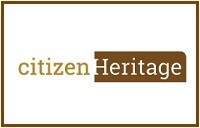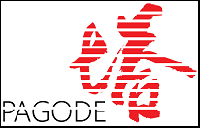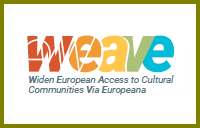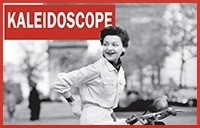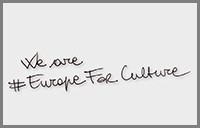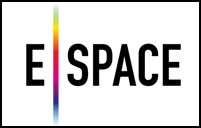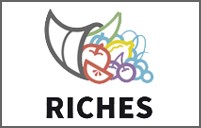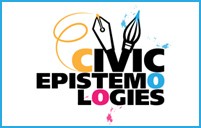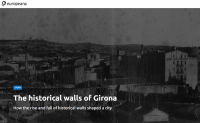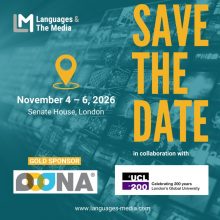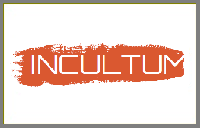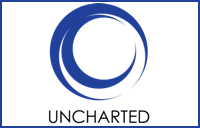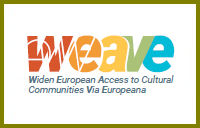Login Status
-
Free text
UPCOMING EVENTS:
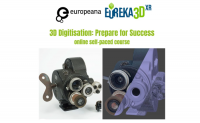 Created in the context of the EUreka3D-XR project and designed to help anyone on their 3D digitisation journey
Created in the context of the EUreka3D-XR project and designed to help anyone on their 3D digitisation journeyThe common European data space for cultural heritage is developing training resources on various themes, to support cultural institutions in building capacity for the new challenges they are facing in innovating and modernizing their workflows in the digital realm. EUreka3D … Continue reading →
 IN SITU Final Conference, Valmiera, Latvia, from 11-13 May 2026
IN SITU Final Conference, Valmiera, Latvia, from 11-13 May 2026The IN SITU project celebrates its Final Conference in Valmiera (Latvia) from 11 to 13 May 2026. Extended deadline: The deadline for the Call for Papers for the Special Issue Proposal in the International Journal of Cultural Policy has been … Continue reading →
Topic: interactivity

Ultraorbism was an interactive distributed action between two networked connected spaces in two cities: Barcelona and Falmouth. The story was a linear interpretation of the first of the two books of True Story by Lucian of Samosata (a Syrian writer who lived in the second century AD), who tells an impossible journey on which everything is invented, with references to the mythology and literature of the era. Ultraorbism, a project directed by Marcel•lí Antúnez Roca, is part of the European project SPECIFI and case study of the RICHES European project’s research area. Continue reading
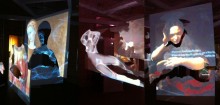
Ballade of Women is an interactive installation that explores perspectives on women’s rights. Through the lens of the personal experience of three women, the exhibition offers an interactive narration on three fundamental themes: emancipation, self-determination and violence. In the installation, representations of three paintings are fragmented and float in the space; set on rotating spindles, these fragments resist attempts by the viewer to capture them as a whole. Thus, the screens only provide a complete view of the paintings at selected times and from specific view-points in the room… Continue reading
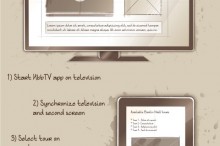
On 25-26th of February 2015, the EuropeanaTV team organized a workshop at Rundfunk Berlin-Brandenburg (RBB) in Potsdam to work out a SmartTV app. It had to use RBB content about the Berlin wall together with related materials from Europeana. This workshop is part of the work realized in the TV pilot of Europeana Space project. Continue reading
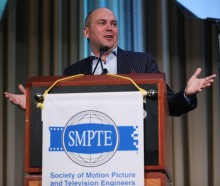
Society of Motion Picture and Television Engineers organises the SMPTE Forum 2015 “Entertainment Technology in the Internet Age: A European Perspective”, being held on 7-8 May 2015, at the Fraunhofer-Forum in Berlin. Factors as wide as EU policy, net neutrality, copyright and mining “big data” are shaping the possibilities in the complex European market and redefining how the industry engages its audience. The SMPTE Forum 2015 will examine these topics Continue reading
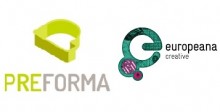
A Memorandum of Understanding has been signed between the two projects to enable and promote greater re-use of cultural heritage resources by creative industries, starting from the open source tools developed in the framework of PREFORMA PCP and of Europeana Creative. Continue reading

FutureEverything celebrated its 20th anniversary. For the last two decades the festival has brought people together to imagine, shape and question the vision of a truly participatory society. A belief in the emancipatory and creative potential of new technologies runs throughout digital culture. It is found both in the open source community and in the rhetoric of Silicon Valley start-ups. In recent years, the contradictions in this vision have come to the surface. The digital age has brought a collision of positives and negatives. This year was an ideal opportunity for FutureEverything to hit pause on its headlong rush into the future, to reflect on the consequences of the past decades and the prospects for the decades to come. Continue reading
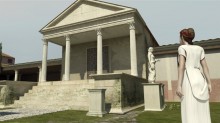
How do you prepare a professional in Cultural Heritage in the digital age? How the University can solve the gap between Science and Humanities? Is the current University ready to deal with education in Cultural Heritage? Are then Humanities a good professional option? The INNOVA Master’s Degree in Virtual Heritage, developed by INNOVA and SEAV, aims to offer an answer to these questions. Continue reading


